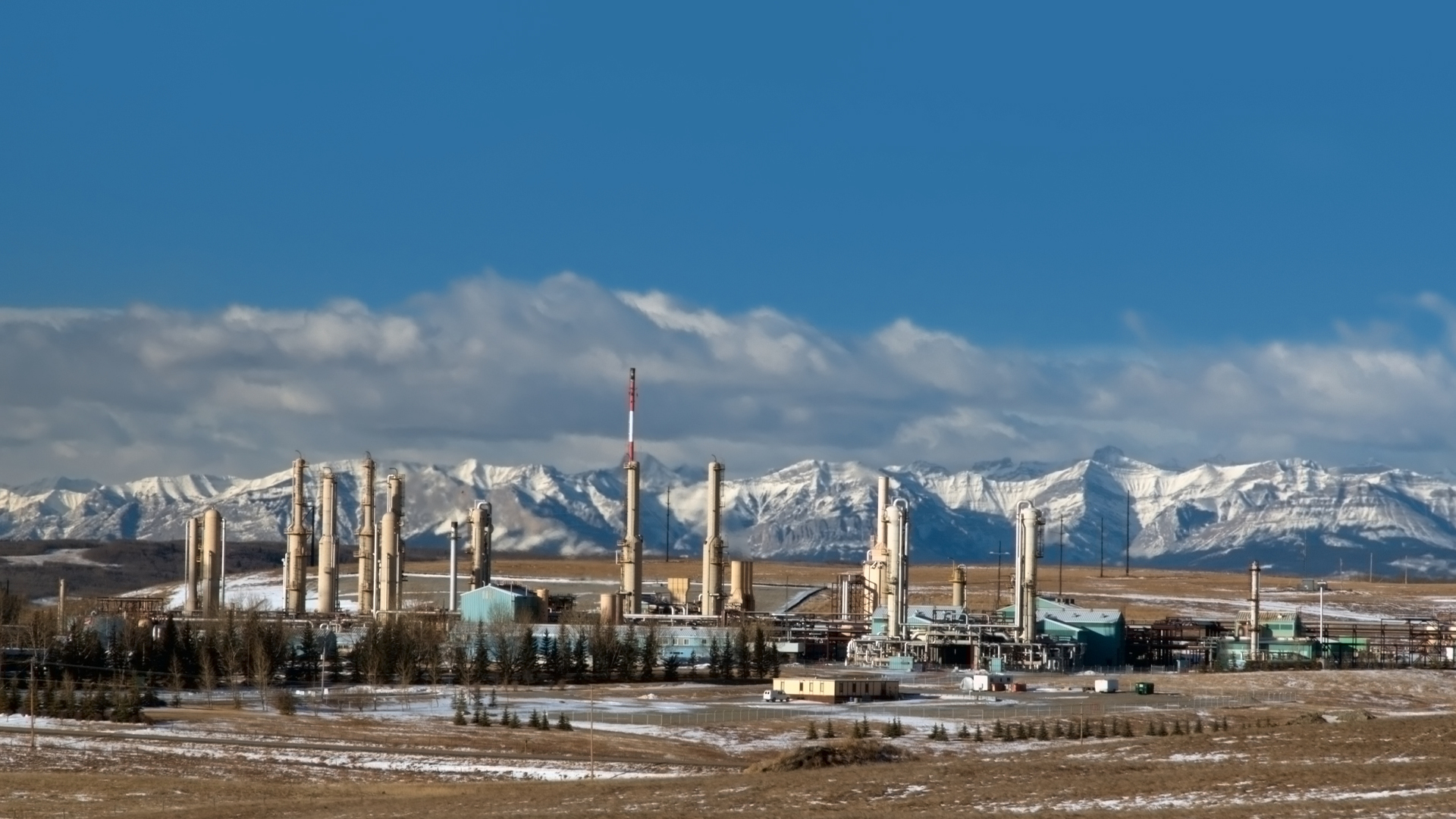
Canada doesn’t need a hydrogen policy crafted by the oil and gas industry in Alberta, despite the fact the Kenney government is intent on pushing it. Instead, the federal government would be wiser to focus on Eastern Canada, which has the potential to be a major player in the production of zero-emission green hydrogen produced from carbon-free renewable energy.
In many respects, hydrogen is the perfect fuel. It burns with absolutely no emissions of carbon, producing only water. The gas has been used as a feedstock in the petrochemical industries for decades, but as energy-intensive industries move towards decarbonization, it is now being touted as the fuel of the future. It’s an essential element of the roadmap that brings the world to net-zero emissions by 2050.
The International Energy Agency foresees the demand for hydrogen growing almost sixfold from today’s level of about 90 million tonnes (Mt) a year, rising to 10 percent of total final energy consumption by 2050. Bloomberg is even more enthusiastic: estimating that hydrogen could provide almost a quarter of global energy demand by 2050, with production rising to almost 700 Mt a year.*
Newfoundland and Labrador could become a major hydrogen producer
Canada is well-placed to be in the vanguard of countries that will produce a large part of the future global supply of hydrogen. Alberta is lobbying hard for the federal government to support the province’s “action plan” to produce what it calls “clean hydrogen.” The province has drafted a hydrogen roadmap that “integrates hydrogen with the province’s existing energy system and propels Alberta into the global hydrogen economy.”
For the oil companies operating in Alberta, the production of hydrogen from natural gas is seen as a game-changer. “If we turn our natural gas into hydrogen, then it is now part of the long-term future for energy,” says Jackie Forrest, executive director of the ARC Energy Research Institute in Calgary. She adds: “There is no need to decline our production because we have found a new product that has growing demand.”
But there’s a catch. The hydrogen produced in Alberta is far from clean. It is produced from natural gas by a process called steam methane reforming (SMR), a chemical reaction that produces more than five times as much carbon dioxide as hydrogen.
Factor in the inevitable leaks of methane from the extraction and processing of the natural gas feedstock (around 3.5 per cent for Alberta), and the concept of producing clean hydrogen from natural gas looks increasingly doubtful.
Globally, the emissions of carbon dioxide from the production of hydrogen using the SMR process amounted to an astonishing 900 Mt in 2020 – more than the combined emissions of Indonesia and the United Kingdom.
If the carbon dioxide produced by the SMR process could be captured and permanently sequestered, then the carbon emissions from the production of hydrogen via the SMR process can be significantly reduced. Unsurprisingly, Alberta is betting big on this carbon-capture technology.
Last year, Air Products Canada announced it is moving ahead with a $1.3 billion carbon capture and hydrogen production complex in Edmonton. The facility will aim to capture 95 per cent of carbon from the natural gas used in the production of hydrogen .
But recent results from operations in the field are unconvincing. The Quest hydrogen production and carbon-capture operation, managed by Shell at the Scotford upgrader in Edmonton, claims that it has successfully captured and stored five million tons of carbon over a five-year period.
But what Shell failed to mention is that during the same period, unregulated emissions of carbon were even larger – amounting to more than seven million tonnes of greenhouse gases. Furthermore, U.S. academics Robert Howarth and Mark Jacobson calculated in 2021 that when all fugitive emissions of methane are accounted for in a life-cycle analysis, so-called “blue hydrogen” – the hydrogen produced via the SMR process with carbon capture and storage – emits more greenhouse gases than burning natural gas without any mitigation.
This is because the carbon capture and downstream sequestration processes are inherently energy intensive. Howarth and Jacobson state: “Perhaps surprisingly, the greenhouse gas footprint of blue hydrogen is more than 20 per cent greater than burning natural gas or coal for heat.”
If Alberta becomes a global leader in the production of blue hydrogen, the province’s emissions – already the highest in Canada – will continue to increase. Alberta’s hydrogen roadmap foresees the province supplying an export market of 10 million tonnes of its clean hydrogen” a year by 2050. The emissions of greenhouse gases associated with SMR hydrogen production and carbon capture and sequestration are estimated to be between four and six tonnes of equivalent carbon dioxide for each tonne of hydrogen production.
So, based on this export scenario, there could be an additional 40 to 60 million tonnes of GHG emissions a year. This is not a scenario that the federal government should be supporting.
The sequestration of carbon dioxide underground is also a high-risk proposition. It has never been demonstrated at the scale Alberta will require if the production of blue hydrogen substantially increases. Alberta is betting big, but it’s a long shot.
The only hydrogen which is genuinely clean is produced from the electrolysis of water. Called green hydrogen, it earns this distinction only if the electricity that powers the process is from sources of energy that are carbon-free. The electricity for green hydrogen must be generated from renewable energy such as solar, hydropower or wind.
Although costs are falling, the cost of green hydrogen at the present time is significantly higher than the cost of blue hydrogen from the SMR process with carbon capture and sequestration. However, the U.S. hydrogen shot – part of its wider Energy Earthshots initiative – aims to bring down the cost by 2030, which would make green hydrogen competitive.
Producing green hydrogen by the electrolysis of water in Alberta is impossible. That province’s grid relies heavily on fossil fuels. Although coal-fired power plants are to be shut down by 2030, the generation of electricity in the foreseeable future will be predominantly from natural gas.
Renewable energy from solar energy and wind power may make a small contribution to the province’s mix of electricity generation technologies, but given the availability of low-cost natural gas, and the influence of the oil and gas industries on provincial energy policy, renewable energy’s share in power generation is unlikely to grow substantially.
Alberta has championed the production of blue hydrogen because it has cheap and abundant natural gas. But this is not the resource that Canada should exploit if it wants to become a world leader in green hydrogen. For that objective to be attained, the hydrogen industry needs to be centred in a region where there are substantial resources of renewable energy. This essential attribute is found in Eastern Canada, not in Alberta.
Eastern Canada has enormous resources of hydropower and wind energy, and although the water consumption of green hydrogen is substantial (it takes nine tonnes of water to produce one tonne of green hydrogen from electrolysis), this is unlikely to be a constraint in Quebec. A low electricity price is also essential for reducing the cost of green hydrogen. Quebec’s hydropower meets this criterion. Alberta’s fossil fuel power generation does not. The export of liquified hydrogen also requires access to tidewater – an advantage which Alberta conspicuously lacks.
Quebec is already forging ahead. In late 2020, Hydro-Quebec announced that it will manufacture hydrogen at a large electrolysis plant in Varennes, 24 kilometres north of Montreal. The facility will have a capacity of 88 megawatts, making it one of the world’s most powerful electrolyzers for green hydrogen production.
Furthermore, the synergies between green hydrogen and renewable energy are rapidly becoming apparent. In January 2021, the University of Texas at Austin hosted a conference exploring the potential for Texas to become the “backbone of the emerging U.S. hydrogen economy.”
The Lone Star State aims to create a “hydrogen city” that will be powered, not by its ample reserves of oil and gas, but by 60 GW of solar and wind energy. The green hydrogen hub will produce more than 2.5 million tonnes of hydrogen a year. In Europe, British Petroleum is planning 250 MW of green hydrogen production in Rotterdam, powered by windfarms in the North Sea.
The Canadian government should focus on green hydrogen, not blue, and on the huge untapped resources of renewable energy in Quebec and Atlantic Canada. The government needs to reconsider its priorities; subsidizing blue hydrogen produced from natural gas in Alberta should not be one of them.
- Note to readers: An earlier version of this article contained a forecast by the global consultancy group Wood Mackenzie, which has been updated with one by Bloomberg.










